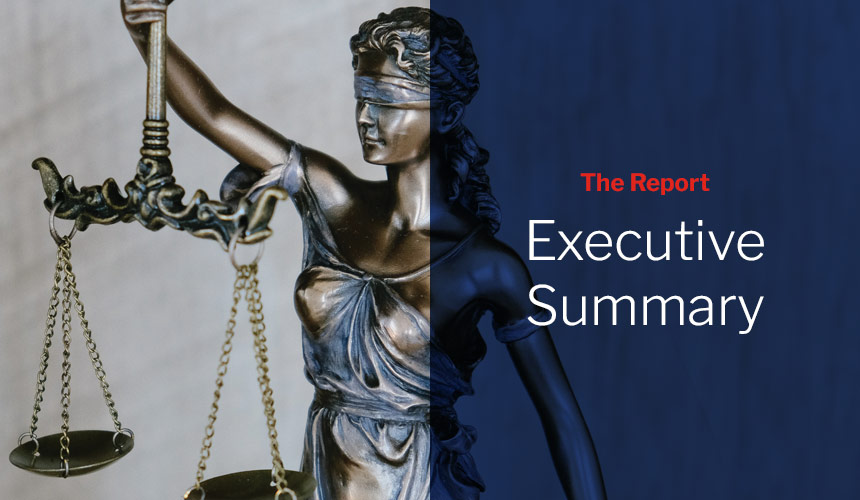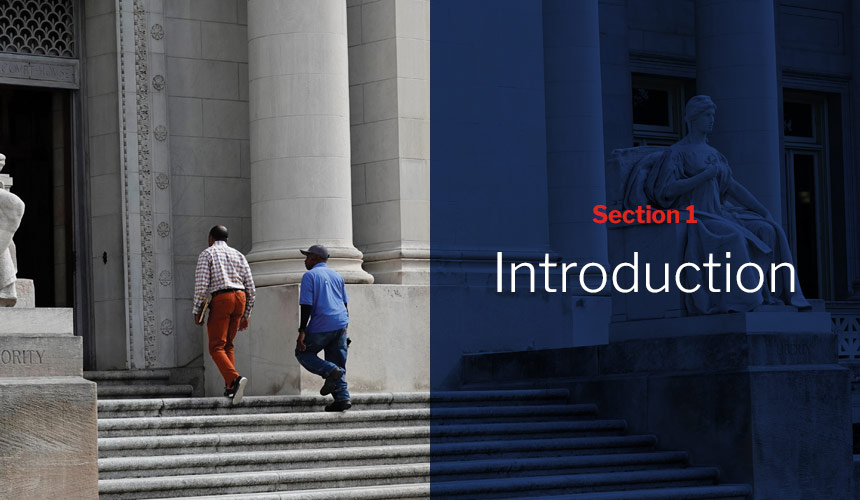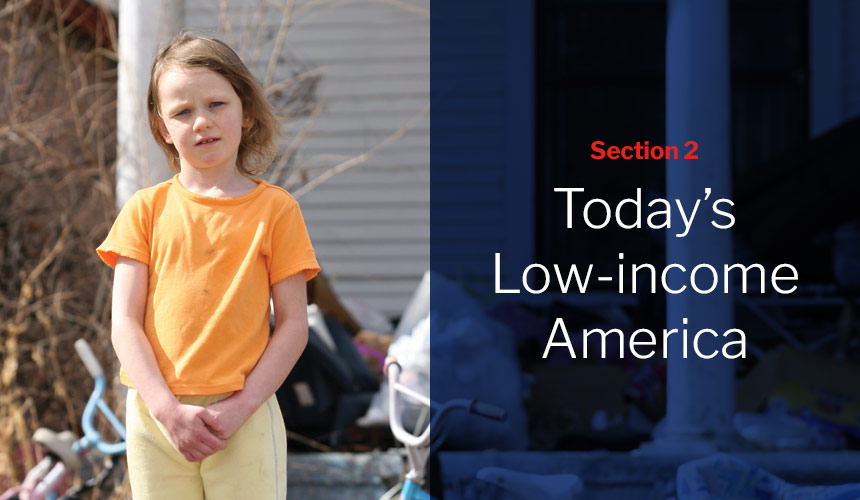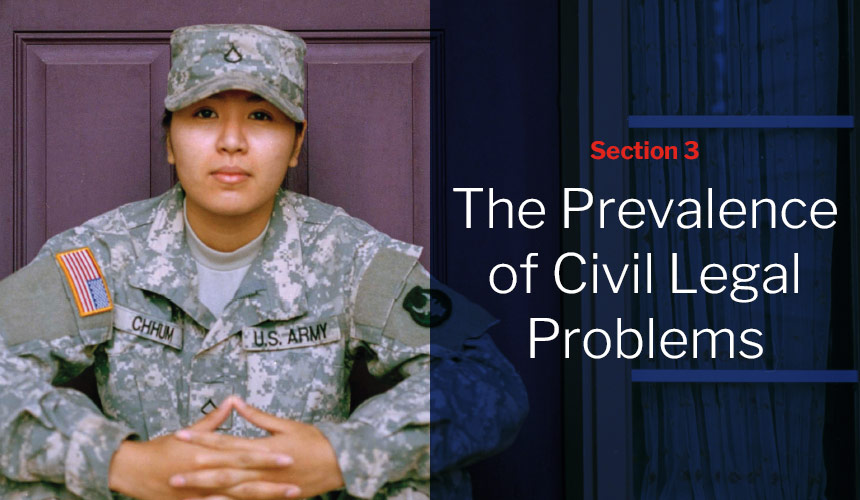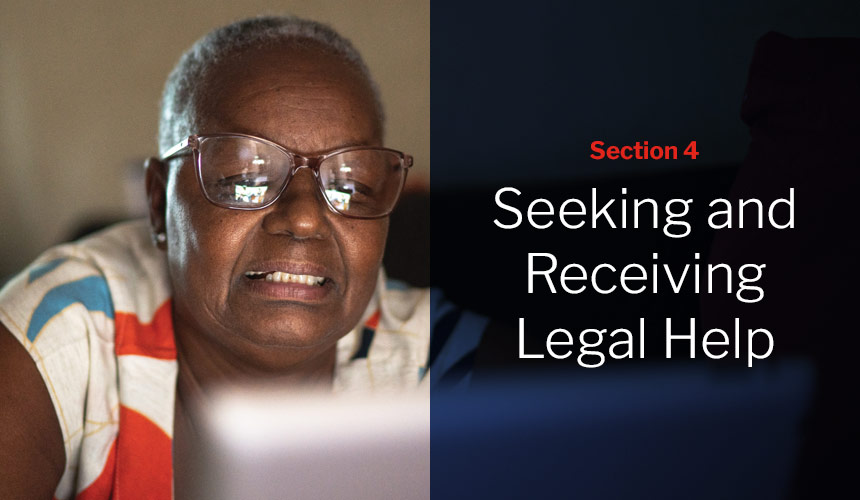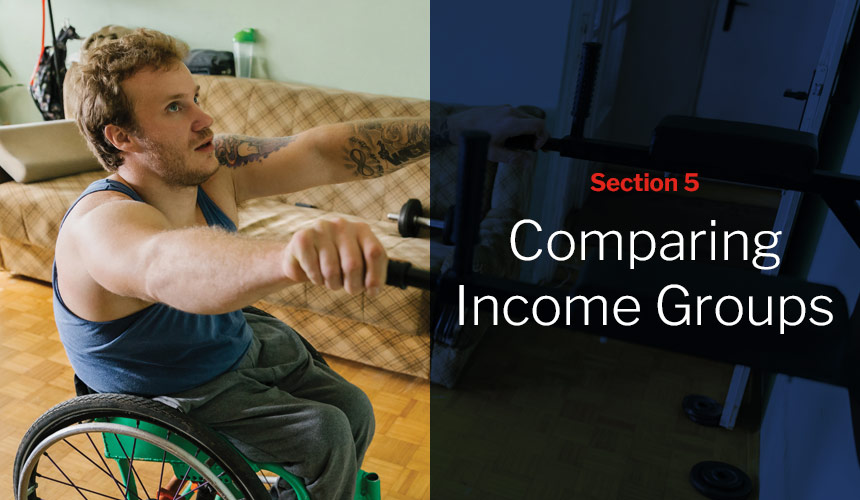Requests for Legal Help
Over the course of a year, low-income individuals approach LSC-funded legal aid organizations for help with an estimated 1.9 million civil legal problems.
As a general rule, to be eligible for LSC-funded legal help, an individual must have a household income at or below 125% of FPL,69 and their civil legal problem cannot be related to an issue prohibited by LSC regulations, such as abortion, euthanasia, and class-action litigation.70 For the purposes of this report, we call civil legal problems that meet these criteria “eligible” problems.71
During LSC’s four-week 2021 Intake Census, low-income individuals approached LSC-funded organizations with approximately 147,000 unique eligible problems.72 Assuming these four weeks represent intake activity for a typical four-week period in the year, this translates to an estimated 1.9 million eligible problems over the course of a year.
Low-income individuals approach LSC-funded legal aid organizations for help with an estimated 1.9 million civil legal problems annually.
In reality, the number of civil legal problems requiring legal help among low-income individuals in the United States is much greater.
Impactful as it is, we also know that the estimate of 1.9 million for the number of civil legal problems low-income individuals bring to LSC-funded organizations grossly underestimates the amount of need. It is impossible to know how much this number underestimates the broader need, but we know there are several reasons to expect it to be a gross underestimation. The most important reasons include the following:
Completing the intake process: LSC’s 2021 Intake Census counts only problems that went through the full intake process to determine eligibility; this does not include situations in which people approach legal aid organizations in contexts without formal intake processes (e.g., help desks through community partnerships) or situations in which people do not make it through the intake process due to time constraints or other issues that arise.
Help-seeking behavior: Section Four of this report showed that low-income Americans seek legal help from any legal professional (not just legal aid) for an estimated 19% of their problems (25% of their problems with substantial impact), which would suggest that the 1.9 million estimate represents a very small slice of the actual civil legal need.
Limited universe: The 1.9 million figure corresponds only to the number of problems presented to legal aid organizations funded by LSC; while LSC is the largest funder of civil legal aid in the country, there are also many other legal aid organizations serving low-income communities that operate outside of LSC’s network.
Providing Legal Help
LSC-funded organizations are able to provide some degree of legal help for about one-half of the eligible civil legal problems brought to them.
LSC’s 2021 Intake Census data indicate that LSC-funded organizations are able to provide legal help for one-half (51%) of the eligible problems low-income individuals bring to them. See Figure 6A. This translates to nearly 1 million distinct civil legal problems over the course of a year.
Figure 6A. Percent of eligible problems receiving legal help from LSC-funded organizations73

Percent of problems | n = 146,724
With the resources currently available, LSC-funded organizations are able to provide legal help for one-half of the legal problems brought to their doors.
Legal help is generally provided through one of three forms: information and resources, brief services and advice, or extended services.
Table 6A provides an overview of the level and types of legal help legal aid organizations provide. The figures in the table represent the percent of eligible civil legal problems served that receive each type of legal help, according to LSC’s 2021 Intake Census. The table shows that LSC-funded organizations provide extended services for about one in five (21%) of the eligible civil legal problems they are able to serve. They provide brief services and advice to about one-half (51%) of the problems they serve and general information and self-help resources to 28%.
Table 6A. Legal help provided by LSC-funded organizations74
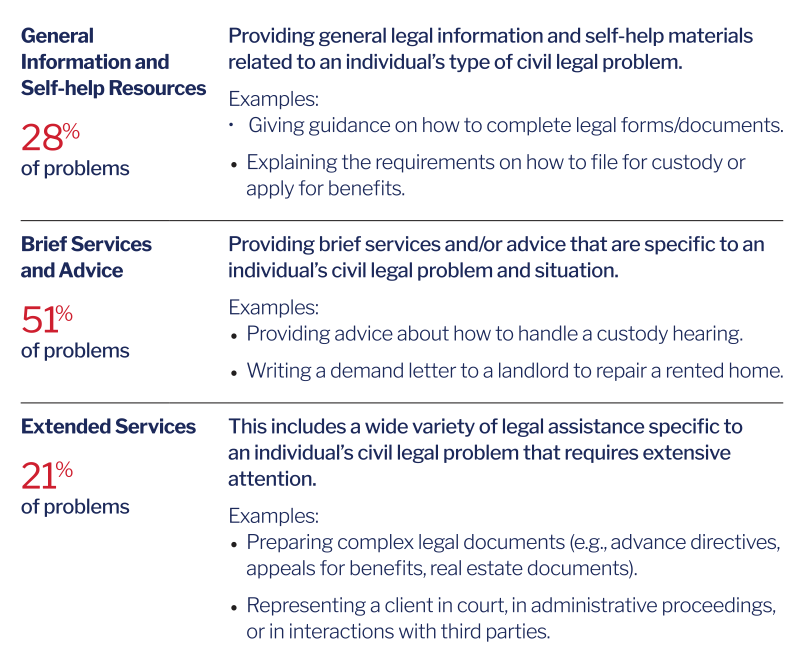
The level of legal help an organization dedicates to a given problem depends on at least two factors: the type of help needed in order to resolve a problem and the resources available to meet that need.
Problems related to housing and to family and safety make up nearly two-thirds of all the problems receiving legal help from LSC-funded organizations.
Figure 6B shows the distribution of problems receiving legal help across problem categories. This distribution is based on the LSC’s 2021 Intake Census data, but it is worth noting that it tracks very closely with LSC’s recent Grantee Activity Reports data and the pattern of the total case services provided by LSC-funded organizations in recent years.75
Nearly two-thirds (64%) of all the problems receiving legal help from LSC-funded organizations are either related to housing (36%) or related to family and safety (28%). Readers might recall from Section Three of this report that while these are not
the most common types of problems experienced by low-income Americans (see Figure 3B), they are the types of problems most likely to have a substantial impact (see Figure 3D). Additionally, LSC-funded organizations often prioritize these types
of problems in the case acceptance guidelines they develop in order to maximize the potential impact of the limited resources at their disposal.76
Figure 6B. Distribution of the types of problems receiving legal help from LSC-funded organizations77
Percent of problems served | n=65,757
*Includes disability and official records
**Includes wills & estates
Problems related to housing and family/safety make up the majority of problems receiving legal help from LSC-funded organizations.
Even when they are able to provide legal help, LSC-funded organizations often lack the resources to help people fully resolve their civil legal problems.
Given the resources available, LSC-funded organizations are often unable to provide enough legal help to fully resolve people’s civil legal problems. Indeed, they are not able to provide all the legal help needed for an estimated 44% of the problems they serve. This estimate is based on organizations’ reports of whether they have already provided enough help to fully resolve a problem or whether they expect to be able to do so given the resources they can devote to it. See Figure 6C.
Table 6C. Percent of problems served that will receive enough legal help to resolve the issue78

Percent of problems served | n=74,795
Intake-based Measurement of the Justice Gap
Due to limited resources, LSC-funded legal aid organizations are unable to provide any legal help for about one-half of the eligible civil legal problems brought to their doors.
Figure 6A above showed that LSC-funded organizations are not able to provide any legal help to 49% of the eligible problems brought to them. This translates to an estimated 938,000 problems turned away over the course of a year. More than one-half (52%) of these problems are turned away because they fall outside of the priority guidelines organizations develop to maximize use of limited resources. Another 18% fall within the priority guidelines but are turned away due to insufficient funds to provide service.
The remaining 30% are turned away for reasons that are best described as ways that people can often “fall through the cracks.” These are civil legal problems that organizations hope to be able to serve but are unable to due to difficulty maintaining contact with the potential client (or some other similar challenge). Securing legal help and following through with the many tasks required is a cumbersome process; this is true for anyone, and even more so for individuals and families who are also dealing with the challenges of poverty. With sufficient resources to dedicate to intake, follow-up, and additional hands-on support for people expressing a need for legal help, legal aid organizations could avoid – or at least minimize – losing these opportunities to serve people’s legal needs.
LSC-funded organizations are unable to provide any or enough legal help for an estimated 1.4 million eligible problems brought to their doors over the course of a year.
In Section Four, we used the 2021 Justice Gap Measurement Survey data to generate a survey-based measure of the justice gap. That measure focused on the extent to which low-income Americans received any or enough legal help for all of their civil legal problems. Here, we use LSC’s 2021 Intake Census data to generate another measure of the justice gap. This measure focuses on the extent to which LSC-funded organizations are able to provide any or enough legal help for the civil legal problems low-income individuals bring to their doors.
As already established, LSC’s 2021 Intake Census indicates that low-income individuals likely seek legal help from LSC-funded organizations for more than 1.9 million problems annually. Seven out of every 10 (71%) of these problems will either not receive any legal help or not receive enough legal help to be fully resolved. Over the course of a year, this translates to an estimated 1.4 million problems that will not get any or enough legal help. Table 6B summarizes the various data points that inform this intake-based measure of the justice gap.
LSC-funded organizations are unable to provide any or enough legal help to resolve an estimated 1.4 million eligible problems brought to their doors in a year.
Table 6B. Components of the intake-based measure of the justice gap79
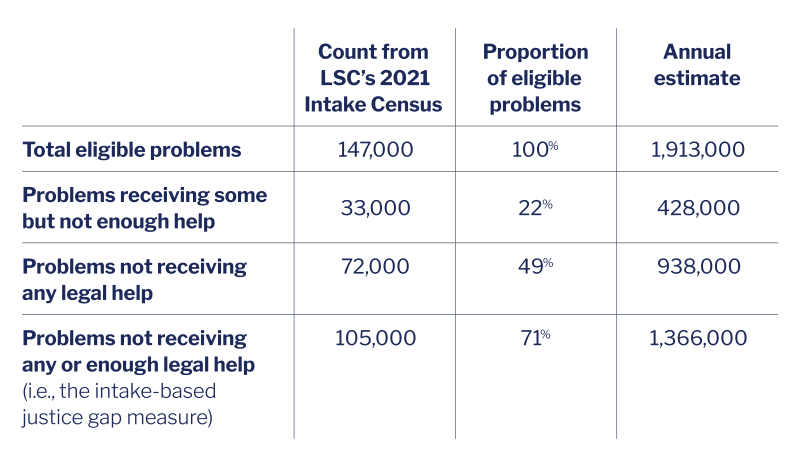
Impact of the COVID-19 Pandemic
The pandemic presented new challenges for the ways LSC-funded organizations reach and serve low-income individuals and families.
Like most other office-based organizations, most LSC-funded organizations went remote starting in the spring of 2020. The shift to remote work had important implications for many areas of their work, including the following:
Likely owing in large part to the above challenges, LSC-funded organizations ended up closing fewer cases in 2020 compared to the prior year. It is important to note, however, that this decrease in cases does not generalize across all types of problems. Indeed, compared to 2019, LSC-funded organizations actually closed more cases related to income maintenance, employment, and domestic violence during the first year of the pandemic.80
Approximately 417,000 eligible problems brought to LSC-funded organizations annually.
They are unable to provide any or enough legal help for 73% of these problems.
Approximately 387,000 eligible problems brought to LSC-funded organizations annually.
They are unable to provide any or enough legal help for 72% of these problems.
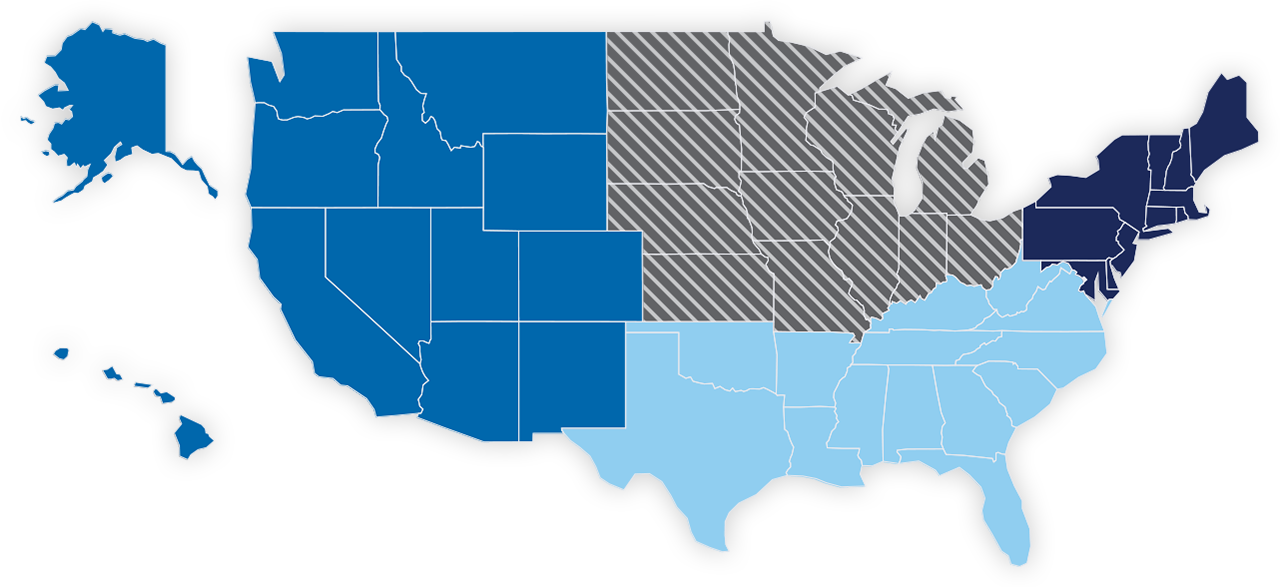
Approximately 407,000 eligible problems brought to LSC-funded organizations annually.
They are unable to provide any or enough legal help for 78% of these problems.
Approximately 655,000 eligible problems brought to LSC-funded organizations annually.
They are unable to provide any or enough legal help for 69% of these problems.
In 2021, LSC-funded organizations provided legal help to 138,000 seniors.
In partnership with Equal Justice Works, LSC has placed 190 law student fellows in 64 legal aid organizations serving rural clients through the Rural Summer Legal Corps (RSLC) program since 2016.
In 2021, LSC-funded organizations provided legal help to 36,000 veteran households.
In 2021, LSC-funded organizations handled more than 300,000 cases related to housing.
In 2021, LSC-funded organizations served households that included more than 730,000 children combined.
In 2021, LSC-funded organizations closed more than 148,000 cases involving domestic violence.

